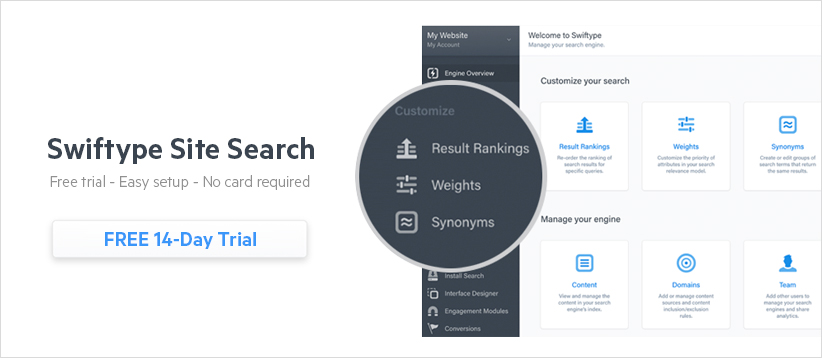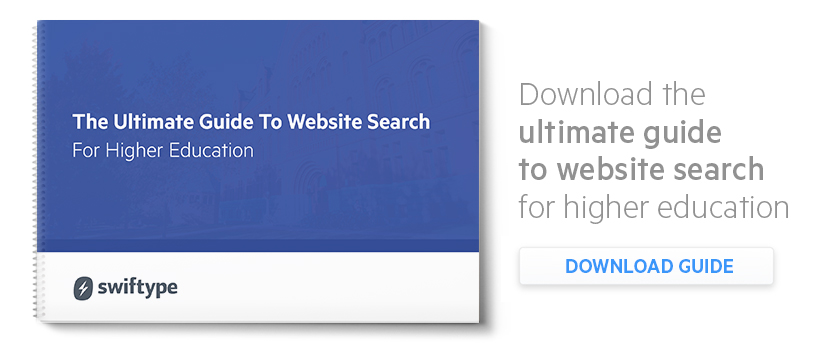Have you ever found yourself on one of your favorite websites, hunting for something very specific, typing query after query into the search field, thinking to yourself: “I wish my computer could just read my mind and find what I’m looking for!”

Well, great news, search fans! Swiftype, the largest independent Site Search and Enterprise Search provider on the web, has solved this long-standing, life-menacing problem just for you. If you ever thought hands-free site search was just a distant thing of the future, you’re wrong! The future is now and now is the future. Today, Swiftype is revealing a cutting-edge site search helmet designed to find what you’re looking for before you even know you’re looking for it: Introducing the Swiftype Search Sallet.
Powering Site Search While Searching Your Mind
We’ve extended our platform to include our patented Neuro-Learning Behavior Recognition technology (NLBR) – you think it, we search it! Get started with the Swiftype Search Sallet in 3 easy steps:
- Step 1: Wearing Swiftype’s Search Sallet, stare at your computer’s search box for 3 seconds.
- Step 2: Using Swiftype’s AI, NLP, ML and NLBR technologies, our search automation will recognize that you were searching for, (ie: “Do elephants have elbows?”) and auto-populate your query and immediately trigger the search.
- Step 3: Review the set of results and stare for 3 seconds at the source you’d like to see more of – additional similar content will automatically appear! Voila! Search that reads your mind.
Unbelievable, Way-Too-Good-To-Be-True Features!
Standard Features include:
Split-Second Search: Our NLBR technology gets smarter over time by learning your eye patterns, brain activity and queries so your search results are returned to you even faster.
Productivity Filtering: Got a deadline coming up, but can’t stop wondering who would win in a fight between Iron Man and Batman? The Search Sallet knows you have to finish your work and won’t show you those results until after you get your work done.
Vocabulary enhancement: Still not sure if it’s “your” or “you’re?” The Swiftype Search Sallet knows which one you actually meant.
Available Enhanced Features:
Song Recognition: Ever get the melody of a song stuck in your head, with no way to figure out what it is? If you’re wearing the Swiftype Search Sallet, our algorithm will pick out the tune and find you that song!
Hunger Recognition: Craving Thai food? Swiftype will find the restaurant you want in milliseconds before you even know you’re hungry.
Additional Sallet Specs:
- Breathable, moisture-wicking liner, removable and washable – since you’ll surely work up a sweat -while you feverishly query
- Color: Flat Black and rubber finish making it the ideal accessory, even for a night out on the town!
- Incredibly lightweight! Only 10.5 lbs
- 5-year warranty
- Batteries not included
Our Customers Have Amazing Things to Say
(Statements given totally and completely by their own free will!)
“Before the Swiftype Search Sallet, I couldn’t find anything I really needed on the internet. Now, I can get information from any website just by thinking it!” – Dave, International Geographic
“I can’t believe I spent all these years wasting time using my hands to search!” – Mindy, Buzzton Post
Dozens of satisfied customers agree – Swiftype’s Search Sallet has not only revolutionized their modern search querying habits, but has made them more likable, attractive, and generally successful. Don’t wait. Order yours today!
Just kidding. Early April Fool’s! But real talk, our search is pretty damn good. Try it for yourself.









